Are Government Standards Actually Creating Better Diesel Engines?
You won’t find many proponents of the exhaust aftertreatment systems attached to modern day diesel engines. Diesel particulate filters plug up or leak, NOx, EGT and pressure differential sensors fail repeatedly, EGR valves stick, EGR coolers rupture, and on and on. So why do we have these devices in the first place? In order to meet government-mandated emissions standards, which have progressively tightened up since the turn of the century. But while today’s diesel emission regulations have given us the DPF, EGR, SCR and DOC acronyms we all love to hate, they’ve also resulted in engine manufacturers providing us with several gifts.

To cut down on particulate matter, NOx and hydrocarbons, cutting-edge turbo, injection system, injector and transmission technology has been introduced. All of the above has resulted in heavy-duty pickup trucks that boast tremendous drivability, produce in excess of 1,000 lb-ft of torque and that return exceptional fuel economy given their size. This time, we’re covering the high-tech advancements that, although originally intended to curb emissions, helped enable late-model diesel trucks to accelerate more like sports cars than the 8,000-pound behemoths they are. From high-pressure common-rail injection to VGT’s to 10-speed automatics, these are the advancements that’ve allowed The Big Three to meet (and beat) government emission standards.
PM And NOx—The Primary Focal Point Of Emissions Regulations
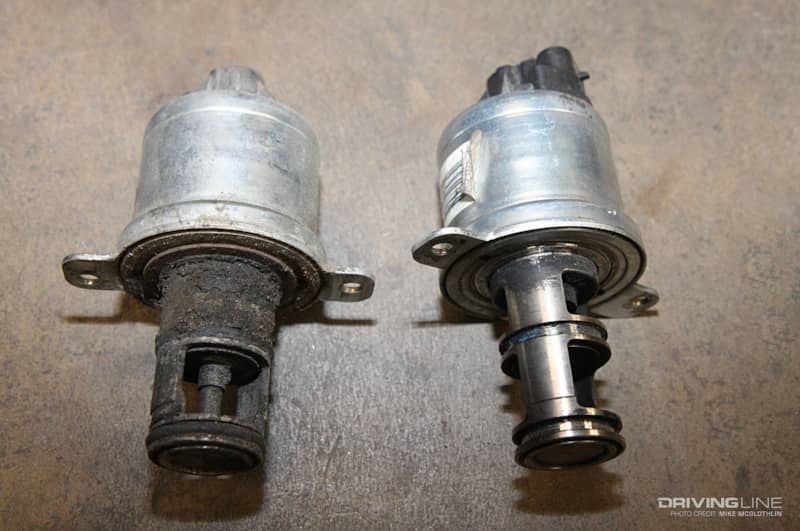
Particulate matter (PM) is one of the biggest diesel exhaust pollutants the EPA has ever targeted, and the efforts to curb it began to pick up steam in the early 1990s. Beginning in 1994, the PM standard was reestablished at 0.10 g/bhp-hr (from 0.25 g/bhp-hr previously), then tightened up to 0.01 g/bhp-hr in 2007 and stands at 0.005 g/bhp-hr today. Nitrogen Oxide (NOx) represents another key source of pollution the EPA has focused on curtailing. In 1998, the federal NOx standard was 4.0 g/bhp-hr, but has since been gradually reduced to 0.035 g/bhp-hr.
High-Pressure, Direct Injection Fuel Systems
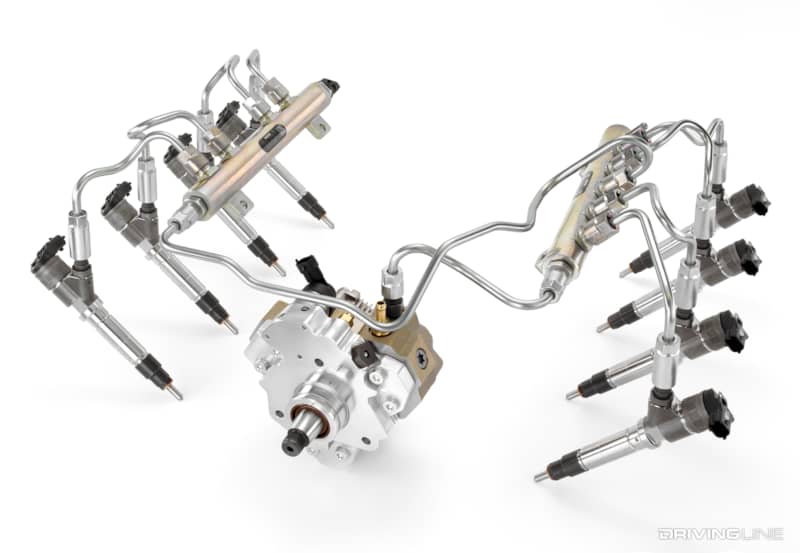
While diesel engine manufacturers (namely Cummins, International/Navistar and GM/Detroit Diesel) could meet the 1994 PM standard without introducing radical injection system changes, the same couldn’t be said when the standard became exceptionally more stringent in 2007. With PM emissions only allowed to be 10-percent of what they used to be, manufacturers turned to high-pressure common-rail injection (and we’ll note that GM and Cummins, planning for the future, instituted it in 2001 and 2003, respectively). The avant-garde fuel injection system uses extreme pressure, combined with electronic, solenoid-equipped fuel injectors, to better atomize fuel in-cylinder—and better atomization equals lower PM.
Fast-Firing, Multi-Event Fuel Injectors
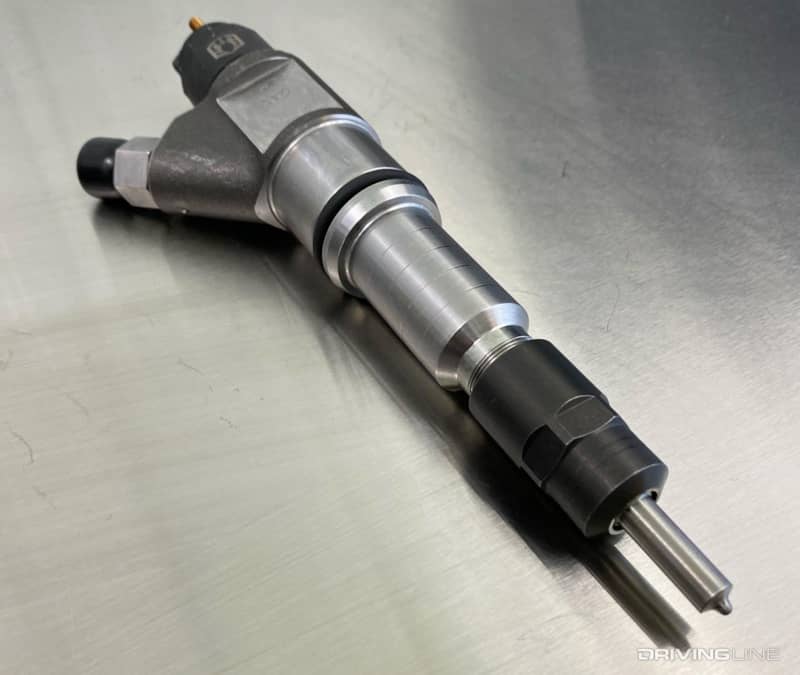
The high-pressure common-rail diesel injection system consists of a high-pressure fuel pump, a high-pressure rail (or two) and electronically controlled fuel injectors. Common-rail injectors operate in lightning-quick fashion and can carry out five or more injection events per combustion cycle (i.e. during each power stroke). There are often two pilot events (for noise reduction), a main injection and two post events (for heat production and PM control). Precise fuel quantity and variable injection timing, both of which play a big role in curbing emissions, mean that common-rail injectors are much more advanced than the pop-off pressure type mechanical injectors of yesteryear.
Variable Geometry Turbochargers
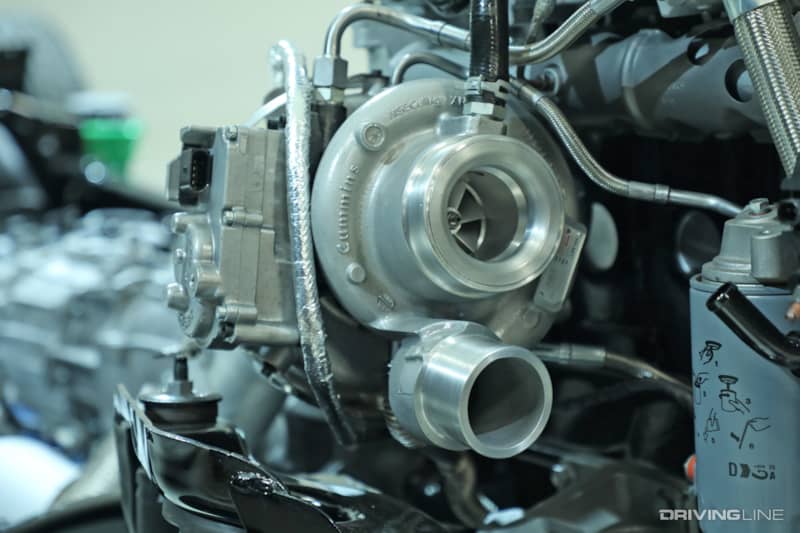
It used to be that operating a diesel engine under heavy load at low rpm was a surefire way to experience turbo lag. During these instances of running “under the turbo,” incomplete combustion culminates in smoke (increased PM) leaving the tailpipe. But once variable geometry turbocharging was introduced to the diesel truck market, turbo lag was all but erased. Thanks to a VGT performing like a much smaller size turbo during acceleration, torque is quick to build and adequate boost pressure is always on tap. Not only does a VGT provide great drivability, but it also allows for leaner (i.e. cleaner) air-fuel ratios to be run.
10-Speed Transmissions
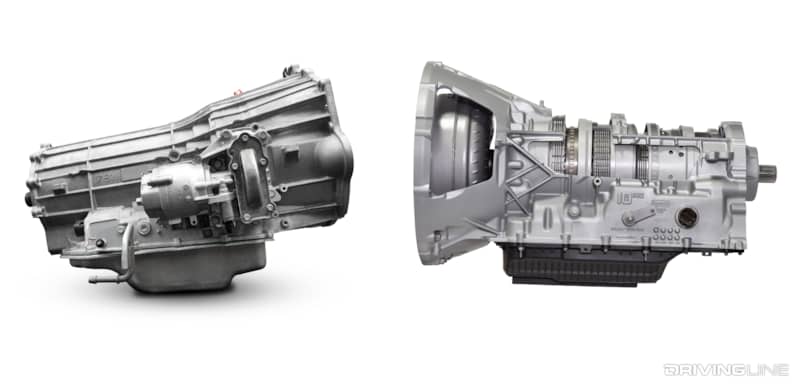
Similar to how a VGT helps keep the diesel engine from producing increased PM emissions, the number of gears in today’s automatic transmissions work to solve the same problem. With 10 different gear ratios in both Ford’s 10R140 TorqShift and GM’s 10L1000 Allison (along with state-of-the-art electronics), the engine in front of it is always in the meat of its usable power curve. There is no falling under the turbo or lugging the engine up a grade at low rpm. But not only do these new-age, 10-speed slushbox’s help to quell emissions, they also improve fuel efficiency by allowing the engine to turn less rpm at highway speeds.
The Gift Of SCR
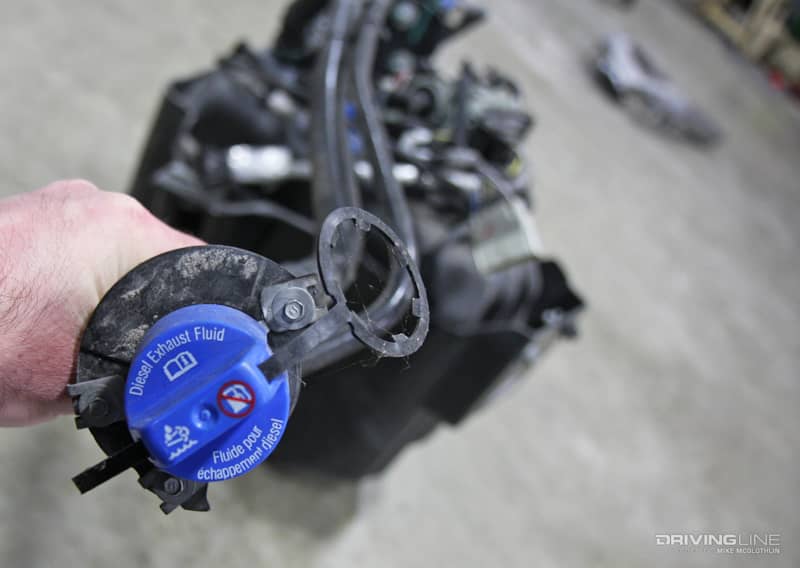
When exhaust gas recirculation (EGR) debuted on diesel engines shortly after the turn of the century, it was bad enough. But when manufacturers were looking for ways to meet the ultra-stringent 0.20 g/bhp-hr NOx standard that was phased in between 2007 and 2010, more EGR was the only solution. Then came selective catalytic reduction (SCR) in 2011, the system that uses diesel exhaust fluid (DEF) to help curb NOx emissions and that has proven highly effective. SCR is so effective at decreasing NOx that it enables engine makers to run less engine-killing EGR while simultaneously allowing them to pump up their horsepower and torque figures.
Lighter, Stronger Blocks
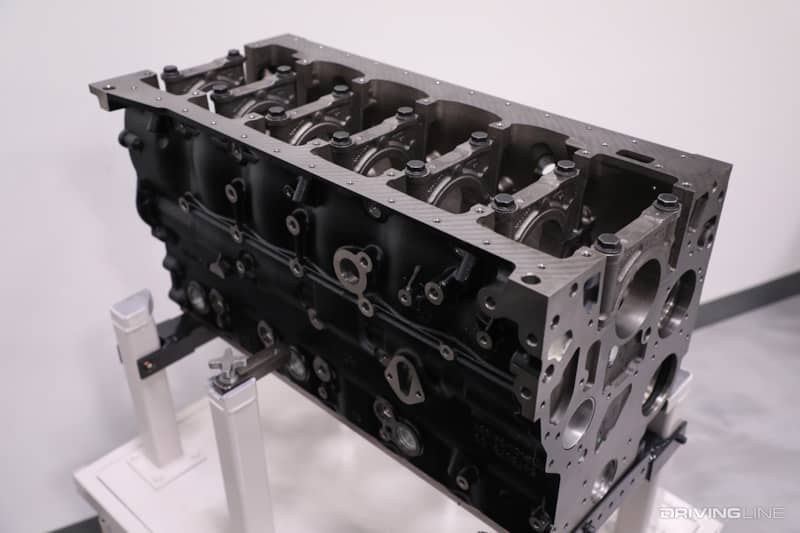
To be clear, no emissions laws have ever dictated that engine manufacturers had to switch to a different crankcase material. However, for multiple beneficial reasons both Ford and (more recently) Cummins ditched cast-iron blocks in favor of compacted graphite iron versions. Compacted graphite iron (CGI) is both stronger and lighter than traditional cast-iron. This means that both engine makers could continue to engage in their endless torque war while also decreasing the overall weight of their trucks. At the end of the day, a lighter overall curb weight (ultimately requiring less fuel to get its mass moving) equates to reduced carbon emissions.
Summing Up
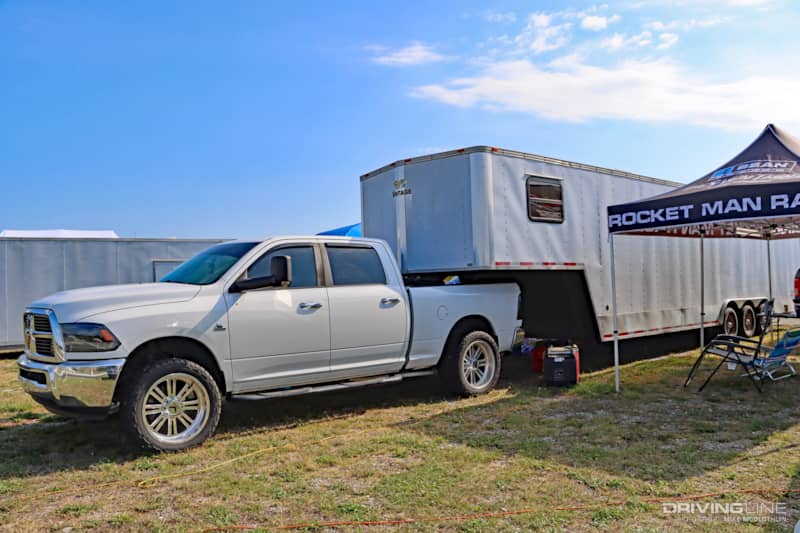
In conclusion, all of the above has made it possible for today’s 8,000-pound, heavy-duty diesel trucks to get the same 16 to 19 mpg they did 30 years ago, but do it with twice the horsepower and nearly triple the torque on tap—and while producing fewer tailpipe emissions than they ever have. What’s more is that, on top of having 400 hp to 500 hp and 1,075 to 1,200 lb-ft of torque to play with, you get a truck that’s rated to tow 30,000, 35,000 or even 40,000 pounds. Those jaw-dropping, emissions-friendly power figures and gargantuan towing capacities wouldn’t be possible without VGT, high-pressure common-rail injection and state-of-the-art transmissions.
More From Driving Line
- For a detailed look at how a modern diesel emission system works, we run you through the entire exhaust aftertreatment process here.







